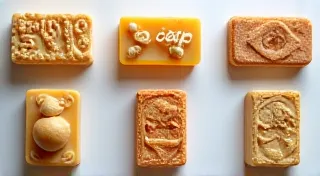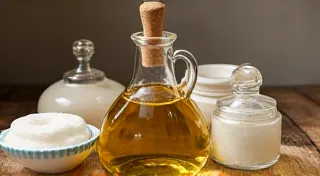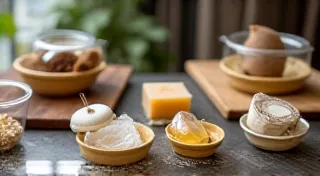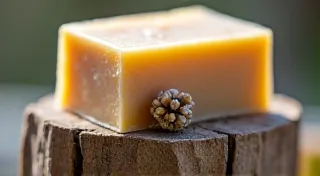Soapmaking for Sensitive Skin: Gentle Ingredients and Recipes
Creating your own soap offers a wonderful opportunity to control exactly what goes into your skincare. For those with sensitive skin, this control is especially crucial. Commercial soaps often contain harsh detergents, fragrances, and other ingredients that can trigger irritation, dryness, and allergic reactions. This guide focuses on crafting soaps that are kind to sensitive skin, emphasizing gentle ingredients and avoiding potential irritants. Understanding the nuances of soapmaking, from the intricacies of saponification to the properties of different oils, is key. For those new to the process, a comprehensive guide to cold process soapmaking can be a valuable starting point.
Understanding Sensitive Skin and Soapmaking
Sensitive skin reacts easily to various substances. Common triggers in soaps can include synthetic fragrances, dyes, sodium lauryl sulfate (SLS), sodium laureth sulfate (SLES), and even certain essential oils. The goal is to create a soap that effectively cleanses without stripping the skin’s natural oils and causing inflammation. Even seemingly benign ingredients can cause problems for some, highlighting the importance of careful ingredient selection and thorough research.
Key Ingredients for Sensitive Skin Soap
The foundation of any sensitive skin soap lies in selecting gentle and nourishing ingredients. Choosing the right oils is paramount, and a deeper understanding of choosing the right oils for artisan soapmaking will empower you to create truly customized, skin-friendly bars.
- Oils: Prioritize oils known for their moisturizing and soothing properties. Excellent choices include:
- Olive Oil: Provides exceptional mildness and hydration.
- Sweet Almond Oil: Gentle and rich in vitamins.
- Avocado Oil: Highly moisturizing and beneficial for dry skin.
- Shea Butter: Offers emollient and protective qualities.
- Cocoa Butter: Adds hardness and moisturizing benefits (use sparingly as it can be a bit richer).
- Lye (Sodium Hydroxide): Essential for saponification. Accurate measurements are *critical* for safety and a mild soap. Always use a lye calculator to determine the correct amount of lye based on your chosen oils. Improper handling or inaccurate measurements can lead to skin irritation or burns, so always prioritize safety and research.
- Distilled Water: Using distilled water ensures no minerals interfere with the saponification process.
- Optional Additives: (Use cautiously and in small amounts)
- Calendula Infused Oil: Known for its soothing and anti-inflammatory properties.
- Chamomile Infused Oil: Calming and gentle.
- Honey: A natural humectant, drawing moisture to the skin (use sparingly as it can make the soap sticky). Honey’s hygroscopic nature makes it particularly effective in retaining moisture.
- Oatmeal (Colloidal): Helps soothe irritation and reduce redness. Colloidal oatmeal acts as a protective barrier, preventing moisture loss and alleviating itching.
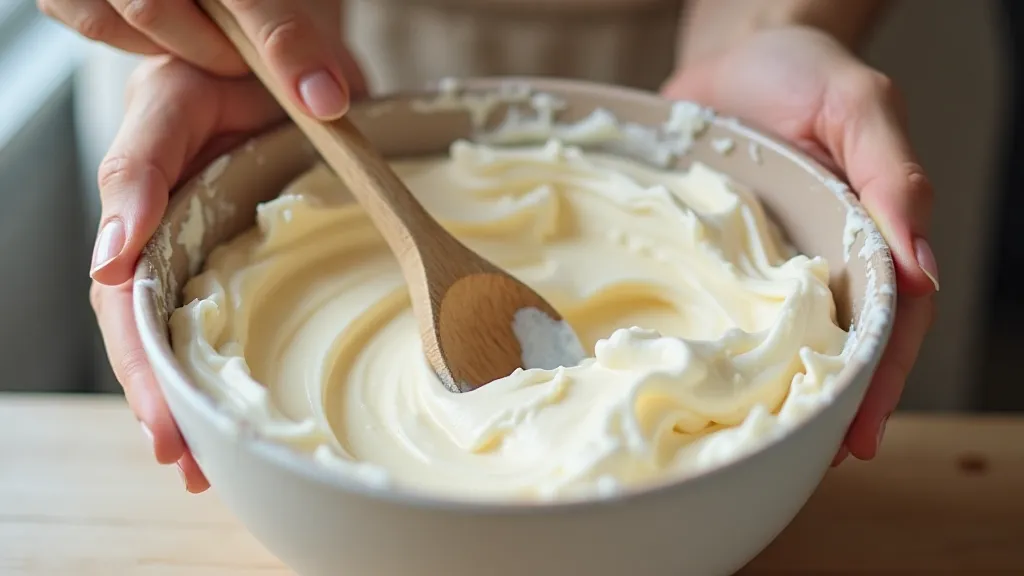
Recipes for Sensitive Skin Soap
Here are two starter recipes. Remember to always wear gloves and eye protection when working with lye. Thoroughly research the soapmaking process before attempting these recipes. Exploring various approaches and incorporating unique elements can be a fascinating journey into the art of soapmaking. Some soapmakers find inspiration in unexpected places, such as the philosophy of sensory alchemy, as explored in “The Crucible’s Echo: Reclaiming Narrative Through Sensory Alchemy in Soapmaking”.
Recipe 1: Simple Olive Oil & Shea Butter Soap
- Olive Oil: 80%
- Shea Butter: 15%
- Distilled Water: 5% (by weight)
- Lye: Calculate based on the above oils (use a lye calculator!).
This is a very mild and moisturizing soap. It’s a great starting point for those new to sensitive skin soapmaking. The simplicity of this recipe allows for a focus on perfecting the fundamental techniques of saponification and understanding how different oils interact.
Recipe 2: Olive, Almond & Calendula Soap
- Olive Oil: 70%
- Sweet Almond Oil: 20%
- Calendula Infused Oil: 10%
- Distilled Water: 5% (by weight)
- Lye: Calculate based on the above oils.
The calendula infusion adds extra soothing benefits. This recipe showcases how incorporating herbal infusions can enhance the therapeutic properties of your soap. Experimenting with different infusions and botanicals is a rewarding way to personalize your creations.
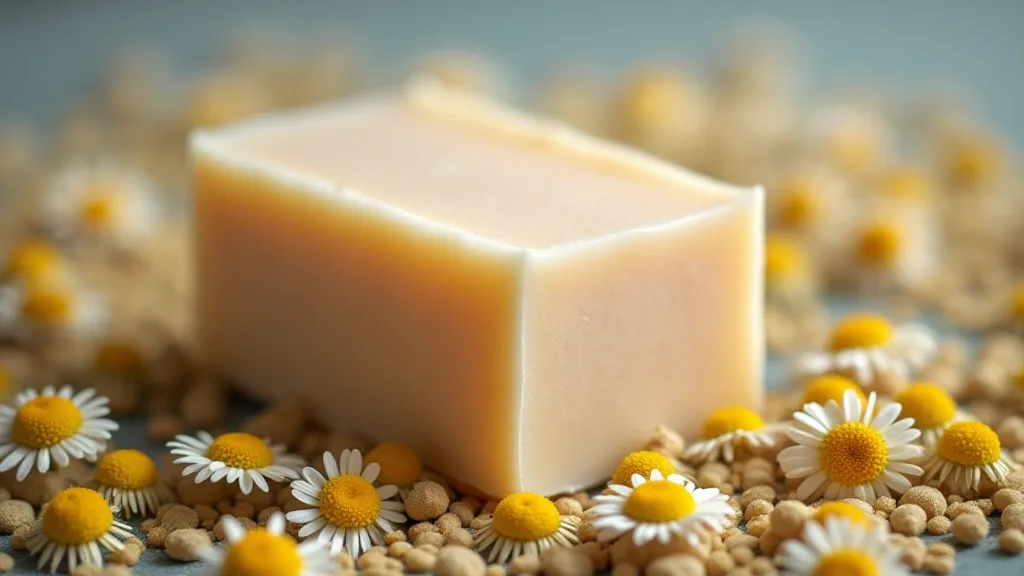
Important Considerations & Troubleshooting
- Superfatting: Superfatting means using slightly less lye than theoretically required. This leaves a small percentage of unsaponified oils in the soap, contributing to its moisturizing properties. A 5-8% superfat is common for sensitive skin soaps. Understanding the principles of superfatting and how it impacts the final product is crucial for creating mild and gentle soaps.
- Curing: Allow your soap to cure for 4-6 weeks. This allows excess water to evaporate, resulting in a harder, milder bar. The curing process is a critical step often overlooked, but it significantly improves the quality and longevity of your soap.
- pH Testing: While not essential, pH testing can offer peace of mind. Sensitive skin soaps should have a pH between 9-10. Testing allows for confirmation that the lye has been completely saponified, ensuring safety for the user.
- Patch Testing: Before using a new batch of soap all over your body, perform a patch test on a small area of skin to check for any adverse reactions. This simple precaution can help prevent allergic reactions or skin sensitivities.
- Alternative Milk Additions: Some soapmakers incorporate goat's milk into their recipes for added creaminess and gentleness, though care must be taken to understand the process. If you are interested in exploring soapmaking with goat's milk, resources such as "Soapmaking with Goat Milk: Benefits and Techniques" can be invaluable.
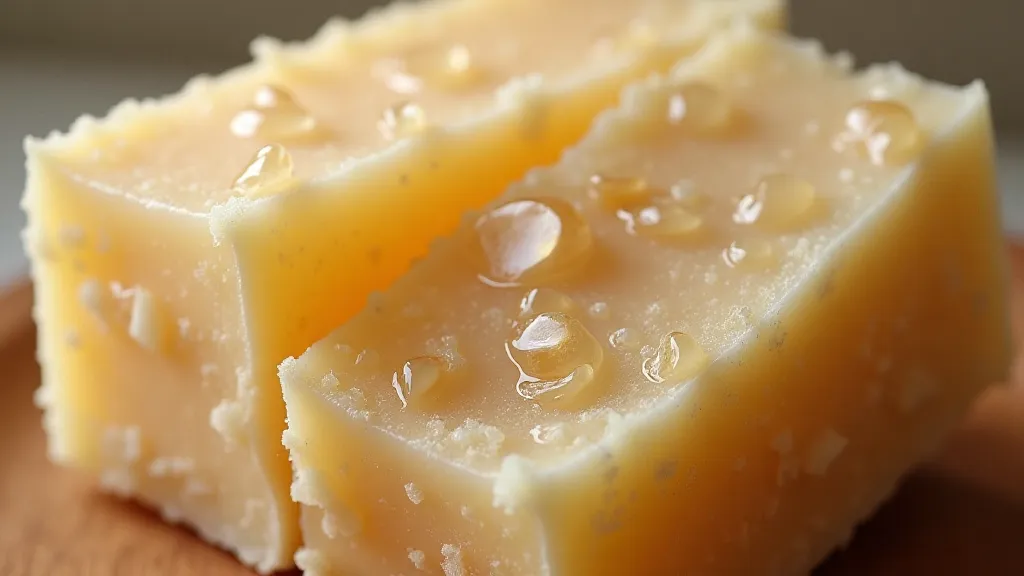
Conclusion
Creating soap for sensitive skin is a rewarding experience. By carefully selecting ingredients, mastering the soapmaking process, and prioritizing gentleness, you can craft bars that are both effective and kind to your skin. Remember to always prioritize safety and thorough research. The journey of creating your own soap is about more than just the final product; it's about understanding the science, the artistry, and the potential to create something truly beneficial for yourself and others.
